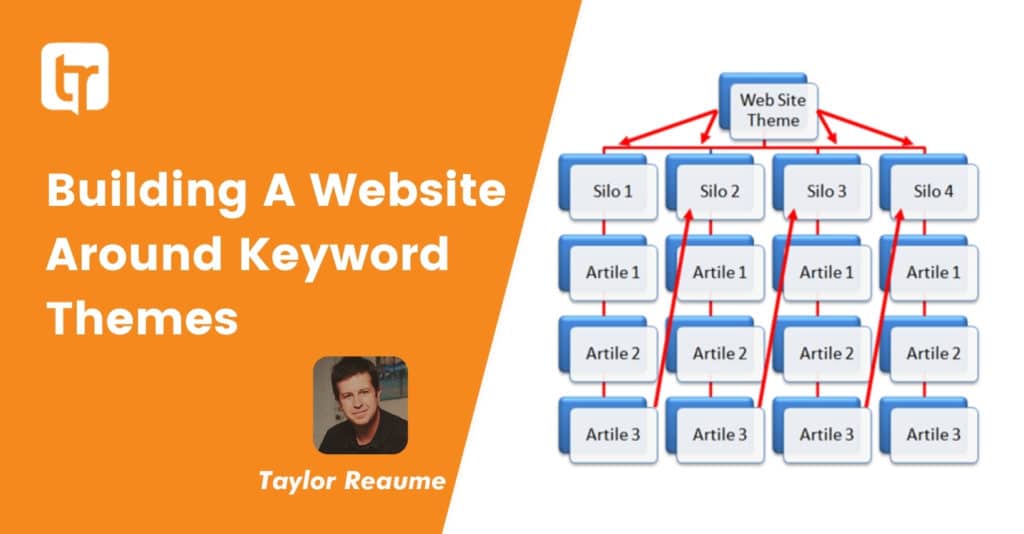Search Engine Keywords: the #1 Keyword Research Mistake


Learn how to choose Search Engine Keywords! This Weeks Discussion Points:
#1 Biggest Mistake In Keyword Research
#2 Biggest Mistake In Keyword Research
#3 Biggest Mistake In Keyword Research
Tune in tonight at 7pm, we look forward to seeing you on the call.
Happening Tonight @ 7pm On Your Phone
Visit Our Blog for details on tonights discussion points.
If you are free on Wednesday evenings, we hold a complementary SEO Webinar from 7pm-8pm. It’s informative. It’s educational. And it’s a great way to understand the process of choosing search engine keywords. Call this number,484-589-1011 ( access code 223-974-217) and you will hear us talking about “Smart Things To Know About SEO” You are encouraged to use the webinar Voiceover IP. The right way to join is to follow this link and register at gotomeeting.com.
Search engine keywords are the foundation of any website’s natural search strategy. Keyword research is the first step in building a search engine optimization campaign: keyword research involves determining which terms you want associated with your search engine content and how you want readers to find your website. Keyword research is an integral part of internet marketing, and this webinar will teach webmasters the proper techniques for choosing search engine keywords.
To join this webinar the lazy way:
Step 1: goto www.joinwebinar.com
Step 2: enter this Webinar ID: 676368720
Step 3: fill out your name, email, etc
Step 4: check your email for webinar link
To join this webinar by phone only:
Step 1: Dial 484-589-1011 Step 2: Enter access code 223-974-217
* you cannot speak, only listen…
Why SEO?:
• More visitors to your website
• More phone calls
• More leads
• More business
Fee To Join: $7 via Paypal

Search engine keywords should be chosen with precision and thought. The worst thing a webmaster can do is skimp on his or her keyword research: search terms are the keys to natural search traffic and can be the difference between a successful website and one which receives no traffic.





